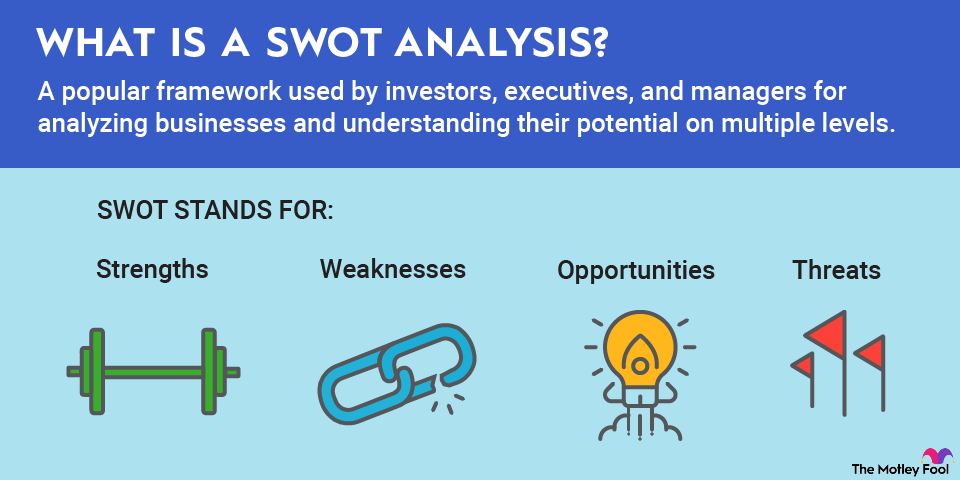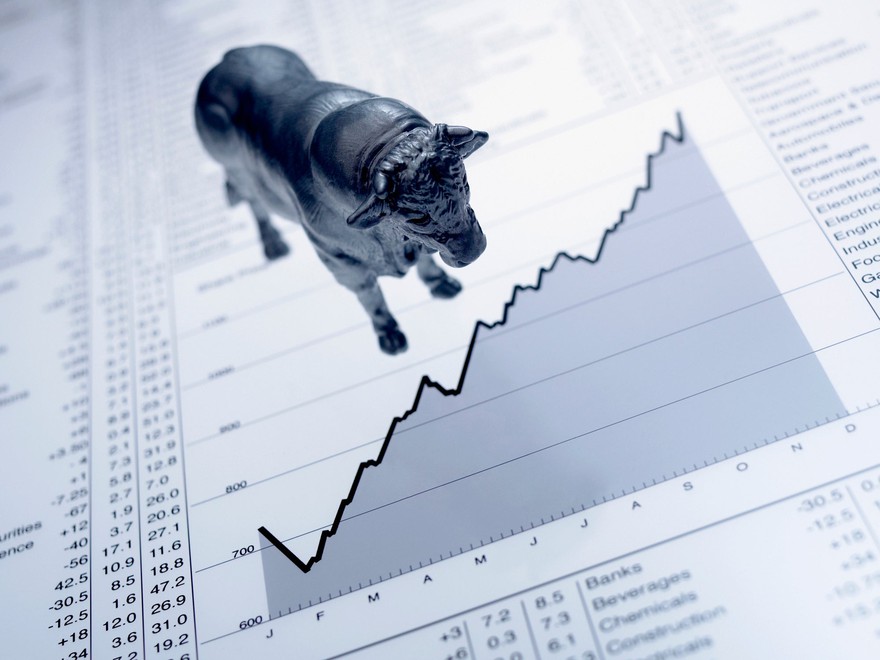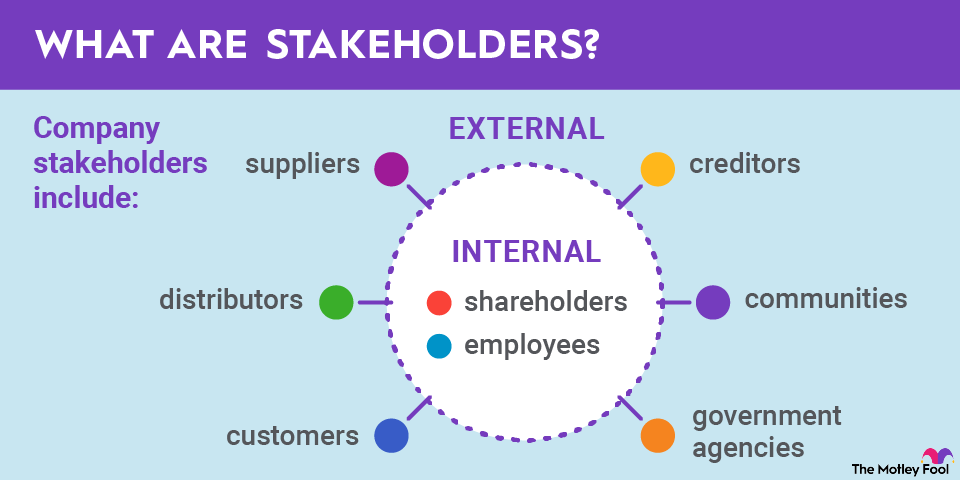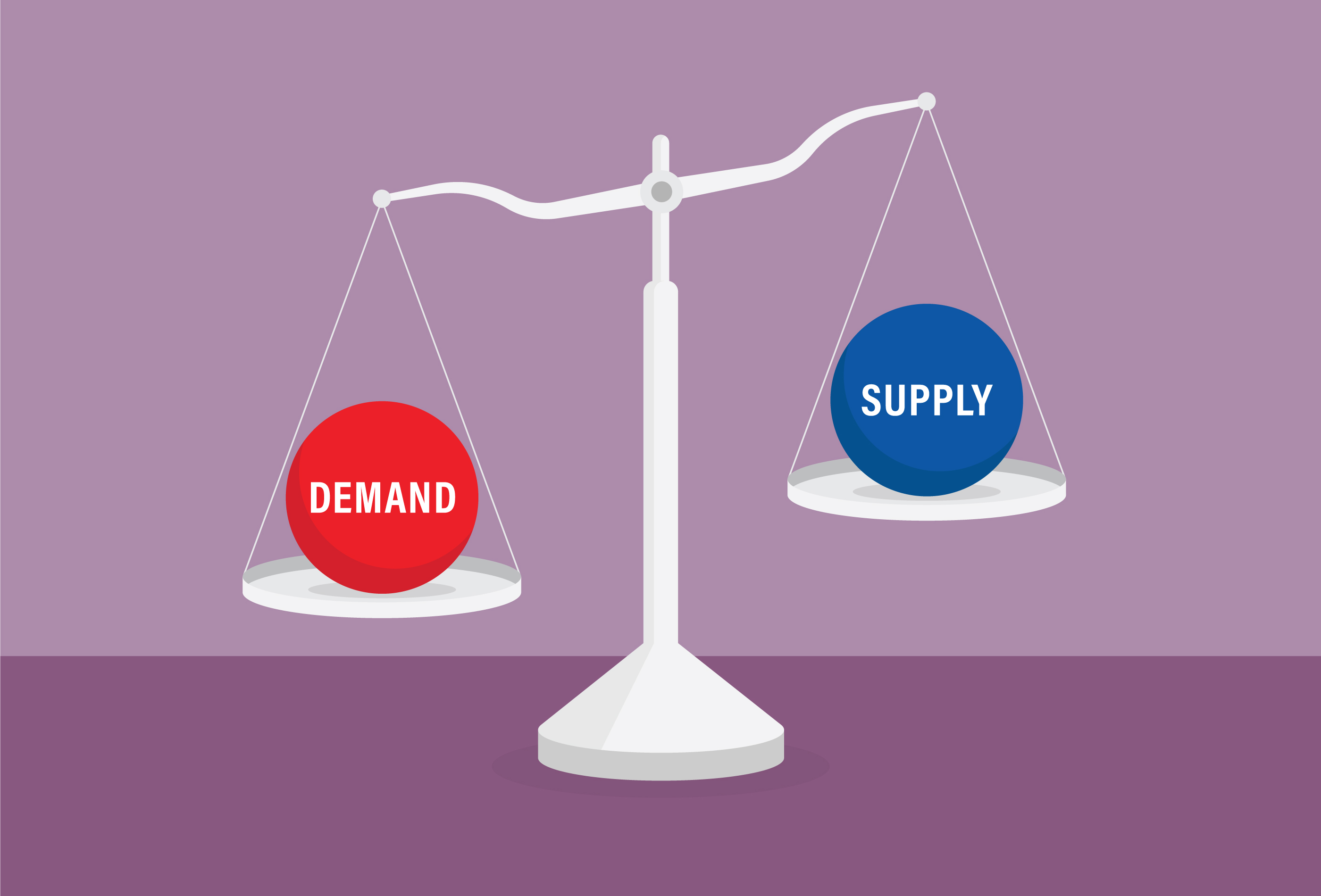There are a lot of different ways to think about stocks, but many are made possible by tools like a statistical model. Using both quantitative and qualitative techniques to evaluate the potential of any given investment can help you make a well-rounded decision about your financial future, and they can act as checks on each other. Read on to learn more about statistical models.

What is a statistical model?
A statistical model is a method of taking mathematical equations and using them to examine historical data to help predict future trends. Sometimes, these models are built into charts to make it easier to understand their output, especially if it's very complicated or if there's a lot of data.
Using a statistical model can help you better understand what it is you're looking at, whether the price of a stock you're considering is the right price, the potential for future gains based on current and past stock behavior, or the right time to sell.
Types of statistical models
There are many types of statistical models used in investing, but here are some of the most common categories, with a few examples of each.
Regression models. Regression models predict how one variable will affect another. They can be used to predict a stock's behavior based on specific market movements. Common regression models used in investing include linear regression, multiple regression, and logistic regression.
Time series models. Time series models help us deal with data that is related to time and is collected in chronological order. Some examples include moving averages, autoregressive models, and exponential smoothing. These statistical models are all built to help predict trends based on time-based data.
Risk models. Risk models look at portfolio risk and possible outcomes, good and bad. Common risk models you might see include value at risk (VAR) and Monte Carlo simulations, which are used to predict the likelihood of outcomes, based on thousands of iterations of the same data in random scenarios.
Limits of statistical models
A statistical model can give you incredible insight into your potential investment, but only if it's applied appropriately, uses the correct datasets, and the real world doesn't deviate too far from your modeling assumptions.
For example, all statistical models are based on past data, which means that you can't really predict things that might be unexpected (known as a black swan event). These might be things you could have seen coming if the data had been combined in the right order, but are only visible in hindsight. Statistical models are really just one tool in your arsenal that you should use to make important financial and investing decisions.
Related investing topics
Why statistical models matter to investors
There are lots of ways to invest, but in the end, they all involve some amount of statistical modeling. Statistical models help us predict the likely future performance of investments. They also help us plan for the future, especially if a stock looks like it might not be doing so great.
Along with less-quantitative data, such as the economic environment, industry influences, peer pressure from competitors, and consumer trends, statistical models can help us confirm our beliefs about a stock's potential or show us why our reasoning is flawed. As long as we make good assumptions that are as unbiased as possible, our models will be as accurate as possible. A statistical model can help take some of the emotion out of investing, which can give you an edge in tough times.



















